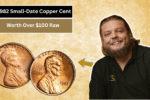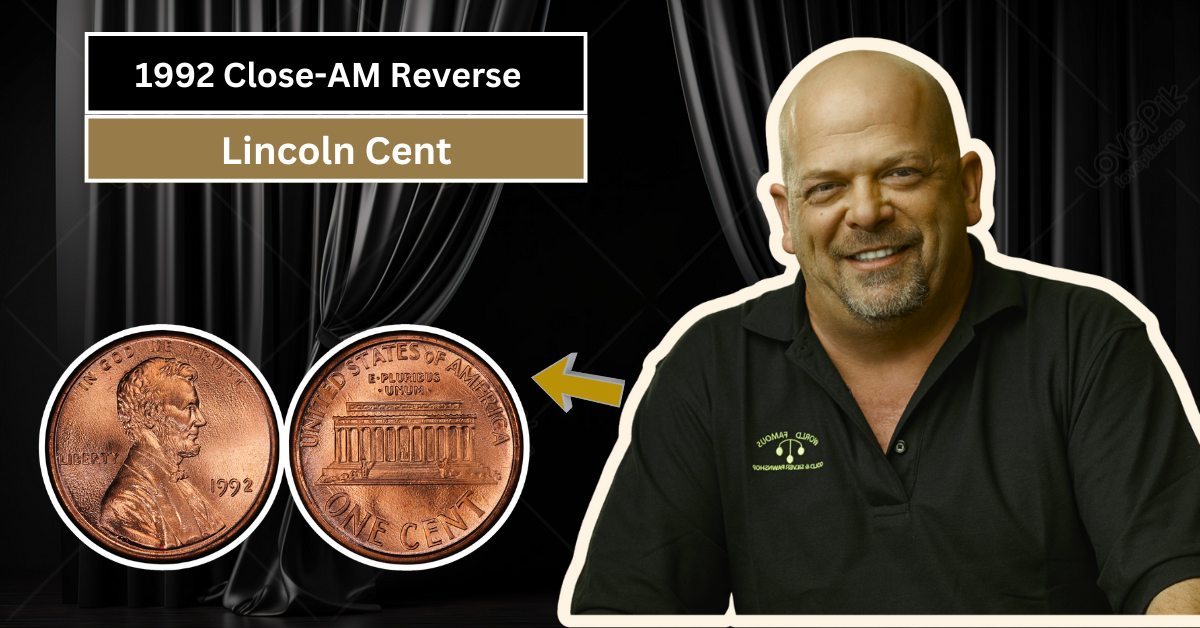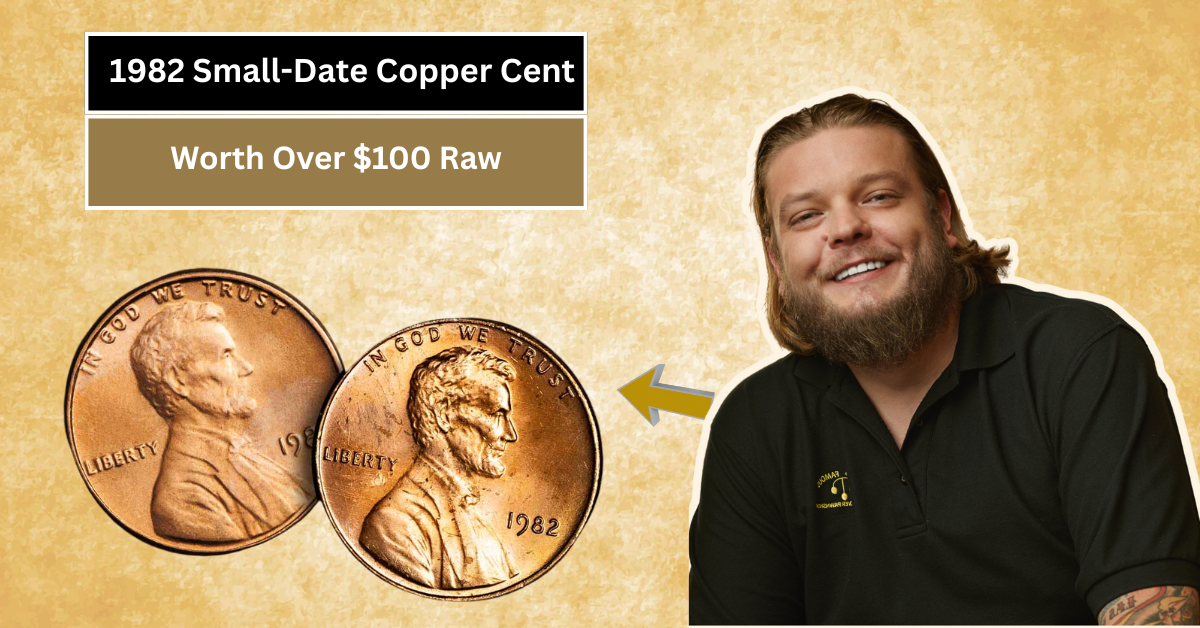The 1939-D Jefferson Nickel is a fascinating coin that many collectors are eager to own. Struck in Denver in the midst of the pre-World War II era, this coin is known for its unique appeal and limited mintage of just 3.5 million. For people interested in numismatics, the 1939-D nickel offers a combination of history, rarity, and design that makes it stand out in any collection.
Over the years, the 1939-D Jefferson Nickel has become highly sought after, especially in top grades. Coins with a Mint State 67 Full Steps (MS-67 FS) grade regularly fetch prices over $8,000 at prestigious auction houses like Heritage. In this article, we will explore why this semi-key coin is so valuable and what collectors should know about it.
What Makes the 1939-D Jefferson Nickel Special?
This Article Includes
- 1 What Makes the 1939-D Jefferson Nickel Special?
- 2 Understanding the MS-67 FS Grade
- 3 Why Does the 1939-D Jefferson Nickel Sell for So Much?
- 4 How Can Young Collectors Get Started With Jefferson Nickels?
- 5 Tips for Identifying Genuine 1939-D Jefferson Nickels
- 6 The Future of the 1939-D Jefferson Nickel in Collecting
- 7 Conclusion: Is the 1939-D Jefferson Nickel Worth Your Attention?
The Jefferson Nickel series began in 1938, replacing the Buffalo Nickel. The 1939-D nickel is considered a semi-key date because, while it isn’t the rarest nickel, its mintage is lower compared to many others. The “D” mintmark signifies that it was made at the Denver Mint, which produced fewer coins than Philadelphia, making these nickels rarer in circulation.
The 3.5 million coins minted in Denver in 1939 is relatively small for Jefferson Nickels, which can reach over tens of millions for other years and mints. This lower number has increased the desire for 1939-D nickels among collectors, especially those who collect entire sets or focus on semi-key dates.
Understanding the MS-67 FS Grade
In coin collecting, condition matters a lot. The grading system ranges from 1 to 70, with 70 being a perfect, flawless coin. MS stands for Mint State, which means the coin is uncirculated and has no signs of wear. An MS-67 is therefore a very high-grade coin, almost perfect with just tiny imperfections.
The term FS, or Full Steps, is used specifically for Jefferson Nickels to indicate the coin’s design details are fully visible on the reverse side. The steps below Monticello (the building shown on the coin) must be fully struck and clear. Coins with FS designation are more desirable and command higher prices because they show off the intricate design and strike quality.
Why Does the 1939-D Jefferson Nickel Sell for So Much?
Several factors contribute to the high value of the 1939-D Jefferson Nickel, particularly those graded MS-67 FS. First, its limited mintage makes it scarcer than many nickels from the same series. Second, finding one in such excellent condition with Full Steps is quite difficult because many coins from that year show wear or weak strikes.
Auctions held by reputable places like Heritage commonly see these coins selling for prices above $8,000. Heritage is known worldwide and attracts serious collectors, which helps drive up the prices. The combination of rarity, condition, and the prestige of the auction makes the 1939-D nickel a prized possession.
How Can Young Collectors Get Started With Jefferson Nickels?
If you are new to coin collecting and find the Jefferson Nickel interesting, start by learning more about the series and semi-key dates like the 1939-D. You can begin with lower-grade coins to build a foundation and gradually move towards higher grades as your budget allows.
It’s always a good idea to buy coins from trusted dealers or auctions to avoid counterfeit or damaged items. Joining coin clubs or online forums can also provide helpful information and community support. Remember, coin collecting is as much about the joy of learning and history as it is about value.
Tips for Identifying Genuine 1939-D Jefferson Nickels
Authenticity is important when investing in valuable coins. Genuine 1939-D nickels will have the “D” mintmark on the reverse side above Monticello. The coin’s weight should be around 5 grams, and it should be made of 75% copper and 25% nickel.
Inspect the coin carefully for Full Steps if aiming for the FS designation. Look for sharp details on the stairs of Monticello’s back and a smooth, reflective surface if it is MS-67 or higher. If in doubt, get the coin certified by professional grading services like PCGS or NGC.
The Future of the 1939-D Jefferson Nickel in Collecting
As more collectors enter the hobby, especially younger people learning about coins, the demand for important semi-key dates like the 1939-D Jefferson Nickel is expected to grow. This can lead to higher prices and more competition in the market.
For those who hold these coins, patience can be rewarding. The 1939-D nickel is not just a piece of metal but a piece of American history. Its unique story combined with quality and rarity ensures it remains a key target for collectors worldwide.
Conclusion: Is the 1939-D Jefferson Nickel Worth Your Attention?
Absolutely. Whether you are an experienced collector or just starting out, the 1939-D Jefferson Nickel offers an exciting opportunity. Its limited mintage, beautiful design, and strong auction performance make it a standout item. While the highest-grade coins can be costly, more affordable options are available for beginners who want to enjoy collecting.
Keep learning and watching the market, and you could find this semi-key coin to be a valuable part of your collection. The story behind the 1939-D nickel combined with its connection to a significant era makes it a coin worth appreciating and owning.






